It’s so fortunate that companion plants like anise (Pimpinella anisum) serve as effective forms of natural pest control!
I don’t like using chemicals around my garden if I don’t have to, but sometimes the pests are so dang destructive that it seems like I’m left with no alternative.
I remember one summer when it seemed like some kitschy horror movie come to life, where any critter that could infest my plants was infesting my plants.
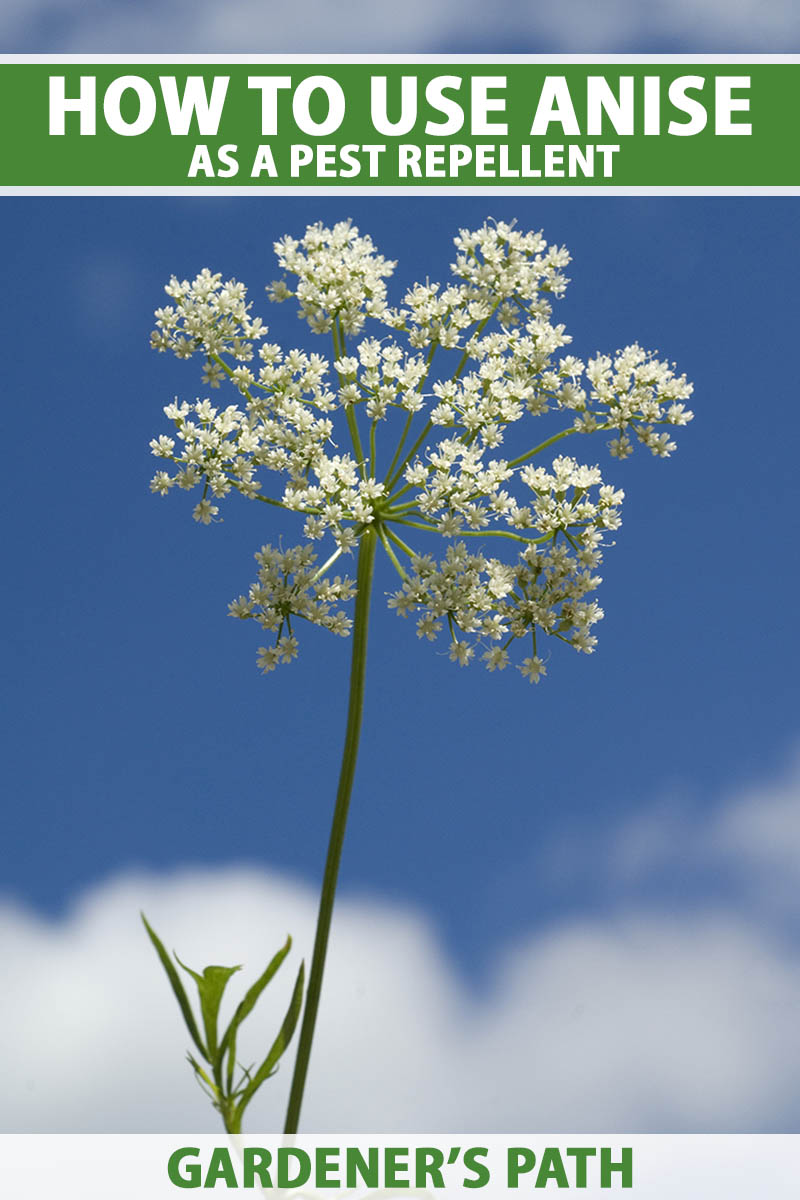
We link to vendors to help you find relevant products. If you buy from one of our links, we may earn a commission.
I reached the point where I was about ready to firebomb the entire yard and start from scratch. And this, by the way, is not a recommended method of pest control.
Do you know what is recommended? Making companion planting a part of your gardening routine.
After that horrific summer, I made it my focus to do whatever I could to control pests organically, and I don’t just mean using organic pesticides.
Crop rotation, mulch, beneficial insects, barriers, and companion planting – I did it all.
It took a few years for me to figure out the right combination, but before I knew it, I was living largely pest free.
If you’re looking for some effective ways to make your garden healthier using anise, this guide can help. We’re going to go over the following:
What You’ll Learn
There are some companion plants out there that provide plenty of benefit to the garden but they don’t provide much benefit directly to me.
I’m selfish in that I want the things I put in my garden to do double duty. Anise does that because you can use it as an edible plant even while it’s working hard for you to control pests.
If you want to learn more about growing and using anise, check out our comprehensive guide.
Pest Species Anise Repels
No one plant is going to repel all pests. But there are quite a few that anise can help to keep away from your crops.
This certainly isn’t an exhaustive list, since there’s little money to be made in researching this plant’s ability to repel critters that don’t cause serious financial losses. But it’s a start.
For instance, studies have been done on red flour beetles (Tribolium castaneum), which are some of the most destructive pests of stored grain, both ground and whole, around the world.

One study by researchers from universities and research institutes in Italy and Egypt published in the journal Molecules looked at how the essential oil can be used to repel these beetles.
Another study in Plant Diseases and Protection found it to be highly effective against confused flour beetles (Tribolium confusum).
Researchers looked at repelling southern house mosquitos (Culex quinquefasciatus) using the essential oil.
Dr. Roman Pavela, a senior researcher at the Crop Research Institute in Prague, published a study in the Journal of Asia-Pacific Entomology, finding that it was toxic against these pests in all stages of life except for the eggs.
Green peach aphids (Myzus persicae) and tobacco cutworms (Spodoptera littoralis) are incredibly destructive and common pests.
While the essential oil was found to be effective against both, it was most useful against tobacco cutworm larvae.
Additionally, it didn’t appear to harm the beneficial invertebrates like beetles and worms that were also studied.
The results of the study were published by researchers from universities, research institutes, and government agencies in Italy, the Czech Republic, and India in the journal Industrial Crops and Products.
Another study looked at anise oil when used to target green peach aphids and pea aphids (Acyrthosiphon pisum).

Once again, research showed that the oil was highly effective, killing 95 percent of green peach and 87 percent of pea aphids.
Basil, fennel, and oregano oil were also effective at killing the aphids. If you’re interested, the study was published in the Journal of Plant Interactions.
Conducted by Maria Christina Digilio, Associate Professor at School of Agriculture and Veterinary Medicine at the University of Naples Federico II Portici, Italy, and Emilia Mancinib, Emanuela Votob, and Vincenzo De Feo at the Department of Pharmaceutical Science at the University of Salerno in Italy, it explores how herbs can be used to deter pests common to the Mediterranean region, but those two particular aphid species can be found across the world.
In another study published in Industrial Crops and Products, anise oil killed currant lettuce aphids (Nasonovia ribisnigri).
Aniseed oil repels spider mites, nematodes, and cabbage worms, as well.
There have also been repellents patented for using aniseed oil to get rid of mosquitos.
How to Use It as a Companion Plant
While we can clearly see that anise has potential as a pest repellent, the studies out there focus on using the essential oil, not the plant.
We don’t have a lot of information on whether you can use the plant as effectively as the essential oil.
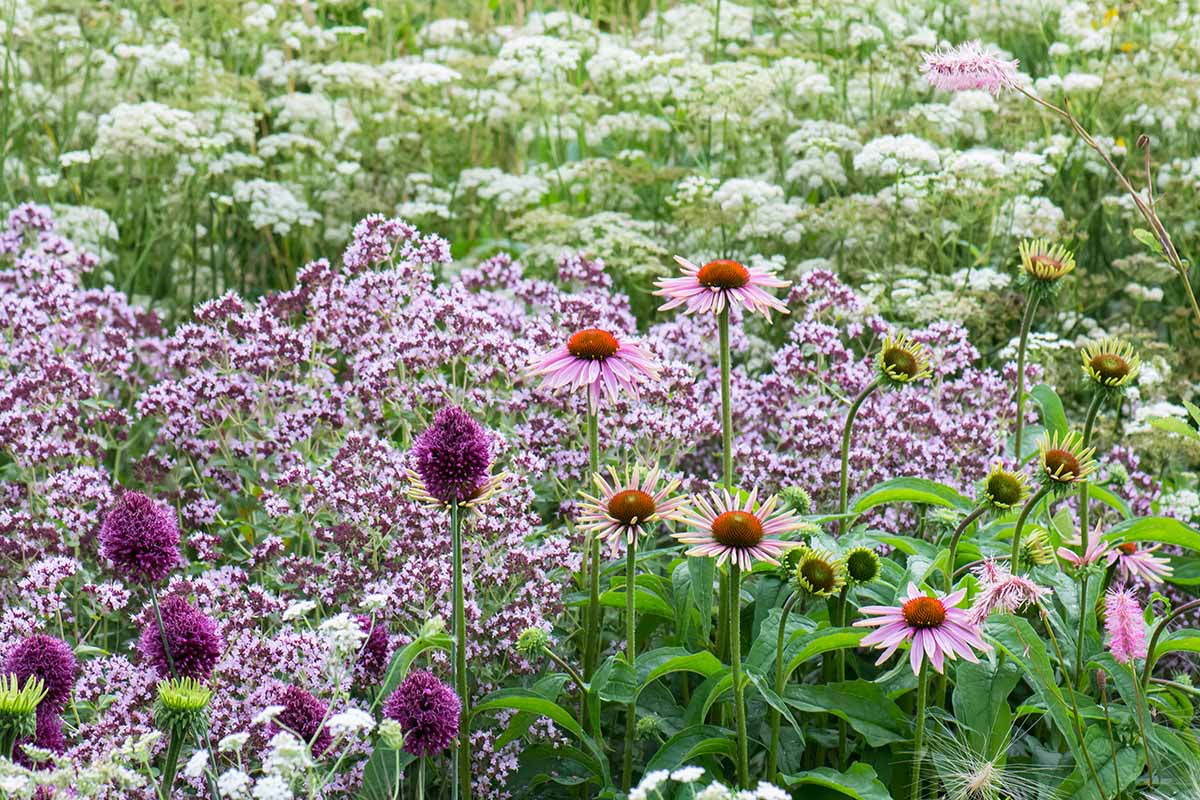
But it stands to reason that the same insects that scurry away from the oil will scurry away from a bunch of plants that contain the same compound.
Plants should be placed within two feet of the area that you’re trying to protect. You can either alternate rows, mix the plants with other species, or surround a small area with anise.
What Makes It So Effective?
The main compound that both repels pests and attracts humans is (E)-anethole. This compound is what gives anise its bold, licorice-like flavor.
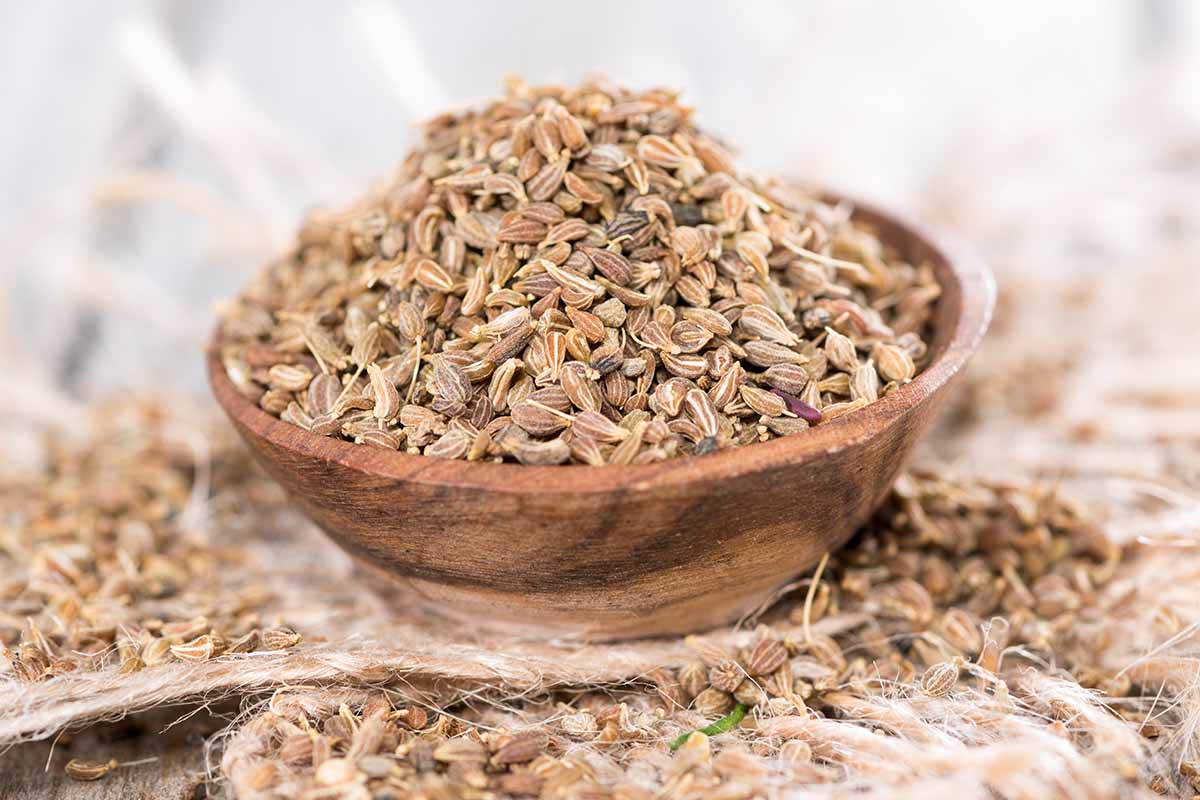
Apparently, some pests don’t like the compound, and it’s actually toxic to others.
A win-win for us humans, right? We benefit from the compound both in our food and in our gardens.
What About Star Anise?
While we’re talking about plants with anise in their names, don’t confuse P. anisum with star anise (Illicium verum). They’re very different plants – though they do share certain properties.
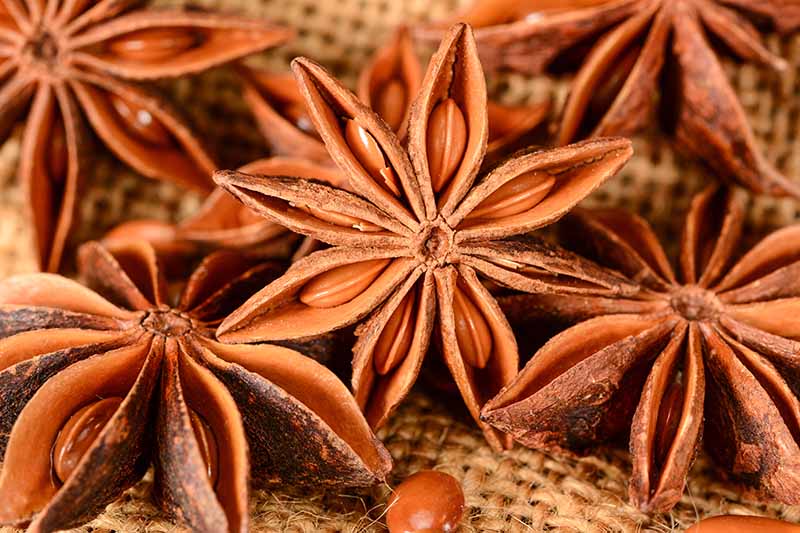
I. verum is a large shrub that needs warm weather in Zones 7 to 9.
It also has insecticidal properties, and a recent study by scientists at Korea University in Seoul found that it was effective in repelling Indianmeal moths (Plodia interpunctella).
The results were published in the journal Food Science and Biotechnology if you’re interested in learning more.
Star anise contains that same (E)-anethole compound, so it’s likely that we’ll find that it repels at least some of the same insects.
What Else Can Anise Do?
Anise isn’t just good for forcing pests away. It attracts some of them, too. Both beneficial and not-so-beneficial insects are attracted to P. anisum and you can use that to your advantage.
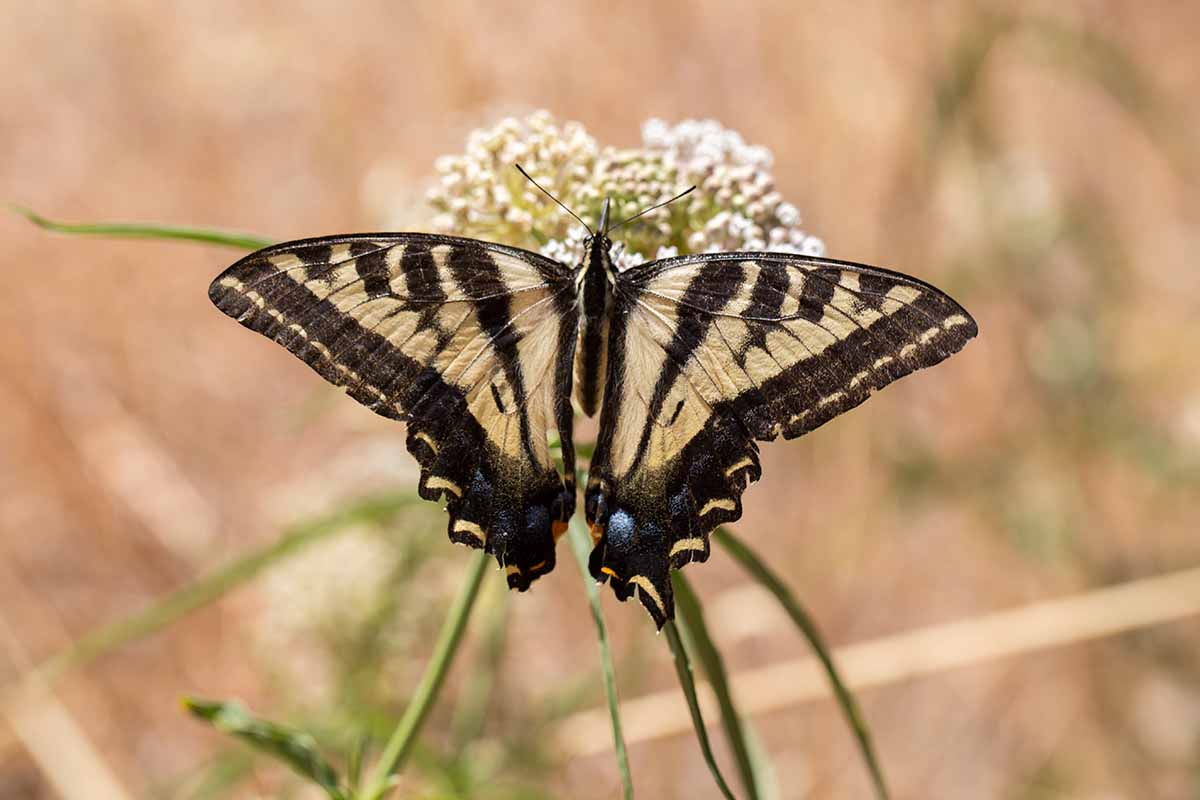
For instance, the oil has been used to attract thrips to sticky traps and away from more valuable plants. In the garden, this might translate to planting some as a trap crop around plants you want to protect.
The flowers also attract beneficial wasps and butterflies, such as black swallowtails (Papilio polyxenes).
Beneficial wasps of all kinds are attracted to plants with lots of small flowers. Think dill, caraway, and anise.
Mice adore anise seeds, so plant it as a trap crop near herbs and veggies that are attacked by these hungry omnivores.
As a Companion Plant, Anise Is Awesome
Anise is one of those unsung wonders. Everyone should be growing it for its pest-controlling properties alone.
But then you add in the culinary and medicinal uses and you have a pretty darn handy herb!
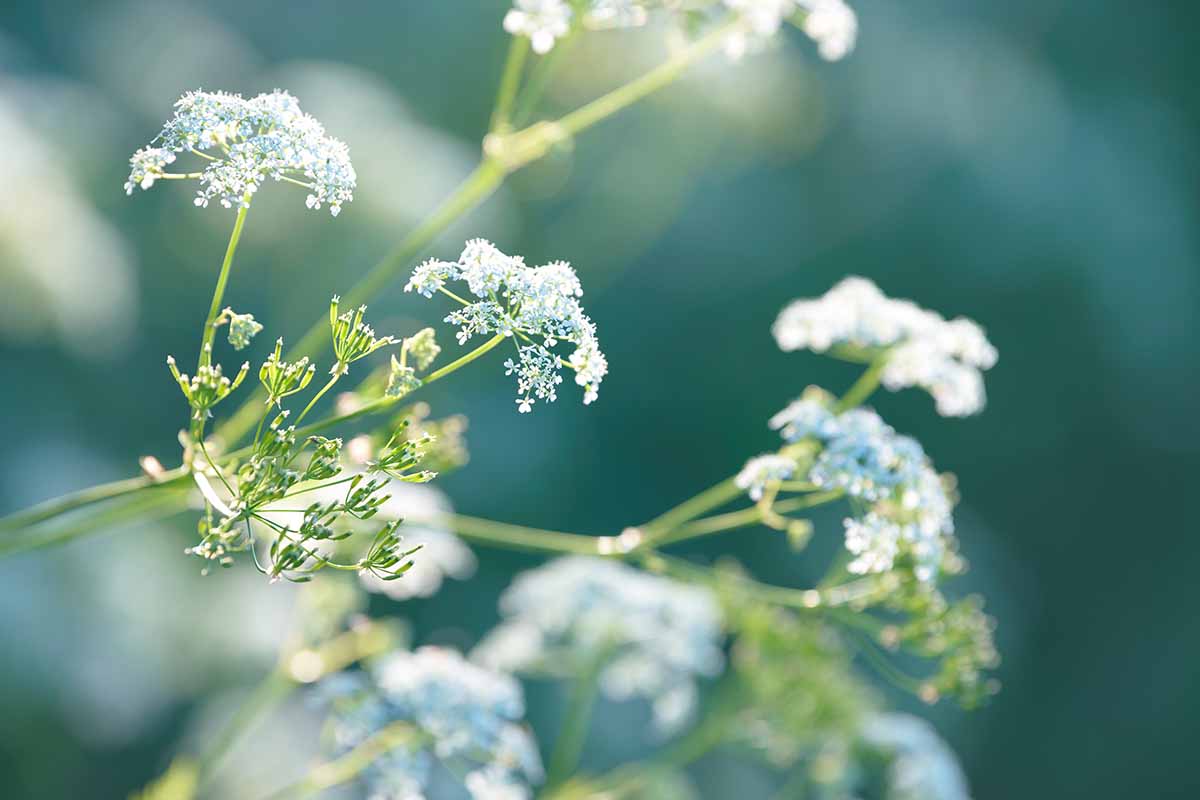
It’s like keeping a multi-tool in your kitchen junk drawer. You never know what you might need it for from day to day, but you know it will come in handy at some point.
So, tell me what kind of problems you’re trying to address with anise. Are you dealing with some persistent aphids? Trying to draw mice away from your sunflowers? Share in the comments. Maybe we can help you sort it all out.
If you’d like to find other ways to use companion planting to control garden pests, we have a few other guides that you might enjoy. Check out:

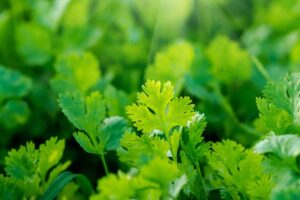
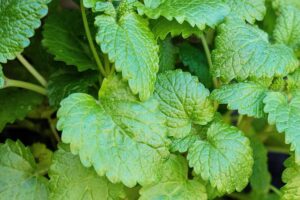
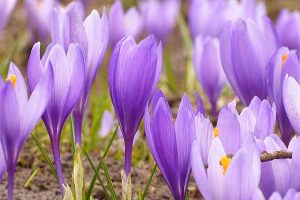
Thank you for sharing your expertise, Kristine. Your article on using anise as a pest repellent is well-researched and presented in a user-friendly manner.
Hi, thank you so much for the kind words! I appreciate it!